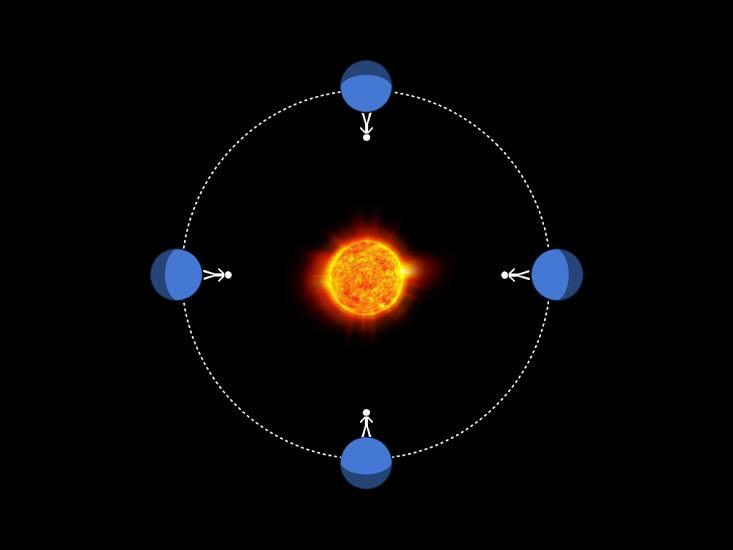Scientists have investigated how the habitability of tidally captured planets is affected by the location of land on them. The distribution of temperatures and precipitation depends on this.

Scientists modeled a tidal captured planet
A group of researchers from the University of Toronto has created a computer three-dimensional model of the climate of a tidally captured planet. This is the name of celestial bodies in which, as a result of the action of tidal forces, rotation around its own axis is coordinated with orbital motion. As a result, these objects are always turned to their luminaries with one side.
Scientists were interested in the climate of the planet, which is similar to Earth, but at the same time it is always turned to the sun with one side. In their calculations, they take into account that clouds and ocean currents will appear on it due to heating. And the main heat transfer will be carried out thanks to them.
Basically, scientists were interested in how the distribution of heat and precipitation would be affected by the presence of pieces of land of various shapes on the daytime side. In their models, they placed round continents of different sizes exactly in the center of this hemisphere. And then they inverted them, getting simulations in which the ocean is surrounded by land on all sides.
Result of modelling
As always happens in such cases, the results are quite voluminous and a lot of conclusions can be drawn from them. For example, this study showed that the result strongly depends on how much the planet warms up. It is also important what percentage of its surface is covered with ice.

But the main conclusion from the research sounds quite unambiguous. Tidally captured planets may be habitable, but this is strongly influenced not only by the amount of land on the “day” side, but also by its configuration. The larger the piece of land in the center of this hemisphere, the less heat transfer with atmospheric moisture will be.
That is, in the case when there is one large continent, hot rains are falling all the time in its center, and the rest of the planet remains cold and dry. On the contrary, when there is an ocean in the center of the “day” hemisphere, clouds transfer heat even to the night side.
As a result, not only local heat transfer, but also global conditions may depend on the configuration of continents on the day side of the planet. Modeling shows that the average temperature on the planet in the presence of a round continent and the same ocean area may differ by 20 degrees.
Why is it important
Simulating the climatic conditions of tidally captured planets may seem like a game. But this is not the case. 75 percent of the surrounding stars are red dwarfs. And their habitable zone is located so close to the sun that in a few billion years the planets in it synchronize their axial and orbital rotation.
For a long time, it was widely believed that this means that such planets are completely unsuitable for life, even if there was liquid water on their surface at first. Now they are gradually moving away from these views.
There are many questions about the suitability of the red dwarf system for life. But solving the issue of the influence of continents on climate means that there should be much more habitable worlds around us than previously thought.
According to www.spacedaily.com
Follow us on Twitter to get the most interesting space news in time
https://twitter.com/ust_magazine
